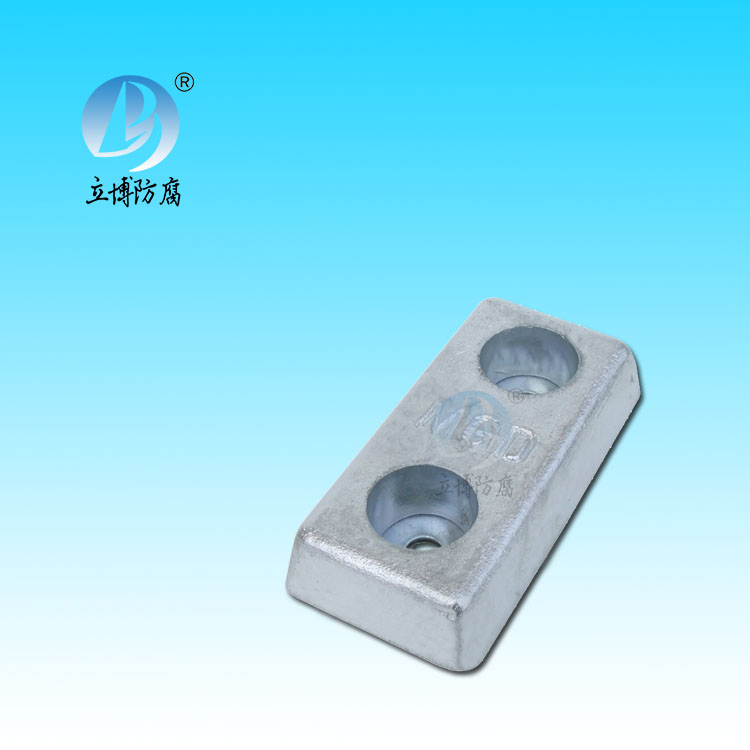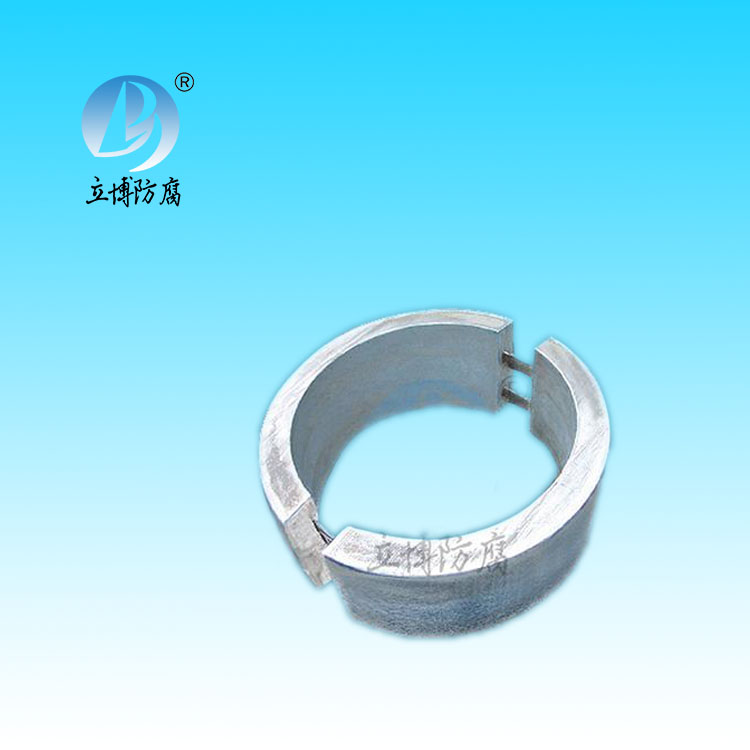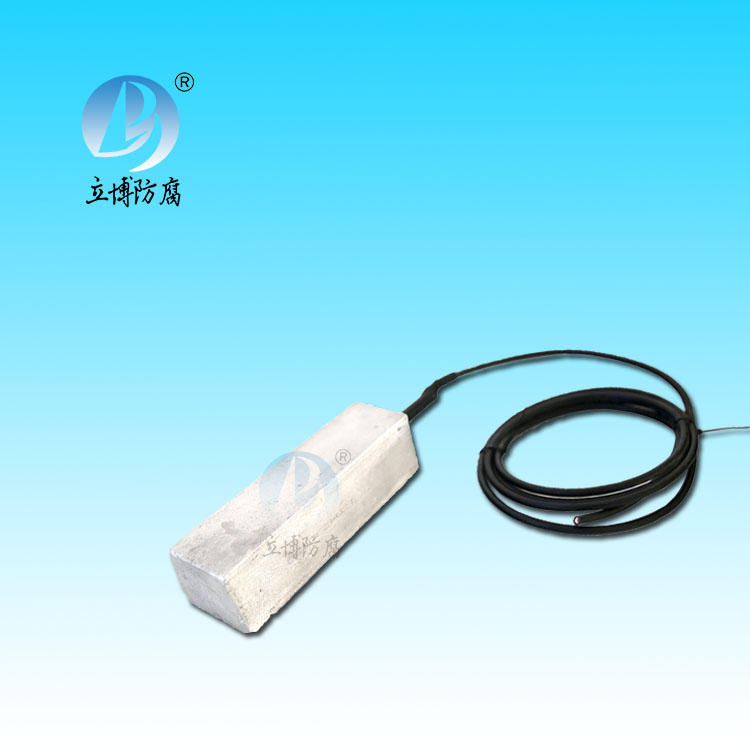News
News
- What is a sacrificial anode
- Basic requirements for reference...
- What does the reference electrode do...
- Why are zinc blocks attached to the ...
- What is the principle of impressed...
- What material does metal structure...
Contact
Phone:18739187123
hotline:0391-7588881
E-mail:970512272@qq.com
Address:Wuzhi County, Jiaozuo City, China
Company News
Factors affecting anodizing treatment of aluminum
- Author:Libo
- Source:wwww.godsgracesalon.com
- Date:2021-06-11
- Click:0
Theoretically, the electrolytic coloring of anodized aluminum film can generally get a uniform and beautiful appearance. In practice, some factors affecting the appearance of anodized aluminum film are described as follows.
In 1100 aluminum alloy, copper content may reach 0.2% and silicon and iron content up to 1%. These additives are used to improve the mechanical properties and chemical properties of aluminum alloy.
After alkali etching treatment, because aluminum is preferred to dissolve, copper, silicon, iron, these components will remain on the surface of aluminum, forming visible black gray, usually called "ash". The general acid "ash removal" process cannot completely remove all the "ash", the residual "ash" on the surface of aluminum causes uneven anodic oxidation appearance, and also affects the light reflectivity. Unlike the solid solution forming elements mentioned above, intermetallic compounds such as Mg2Si or MgZn2 dispersed in the matrix of aluminum have adverse effects on the light reflectivity, color and corrosion resistance of anodic oxide film after anodic oxidation treatment.
Aluminum is a highly chemically active metal, and its fresh surface is immediately oxidized by the air when exposed to it. However, during the rolling process, fresh surfaces can also react with other existing substances (such as rolling oil), resulting in a variety of common defects during the rolling process as described below.
Silvering, a defect caused by inadequate lubrication during rolling, includes surface scratches or flaring.
"Tailend mark" is a zigzag shaped irregular defect formed at both ends of anodized aluminum plate and becomes apparent only after anodized.
"Streaking" is a defect formed by the interaction between anodized film of aluminum and rolling oil. Such linear defect becomes obvious only after anodizing
After rolling, although the surface of aluminum plate is work hardened, the surface roughness is decreased compared with that before rolling. During the rolling process, the grains are elongated along the rolling direction, so that the grains of the aluminum plate can be considered as a long oval. After alkali etching treatment, preferred corrosion causes surface roughness. To avoid this effect, aluminum alloy annealing can make the grain size and shape of the aluminum plate more uniform. In fact, this annealing treatment is especially important for anodizing and coloring of wide sheets. In the process of rolling aluminum plate, the influence of grain size and grain shape on the final surface of anodized aluminum plate is particularly large, and is often the root cause of product quality problems.







 客服QQ
客服QQ